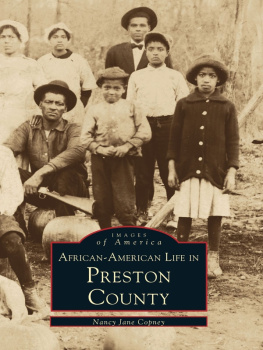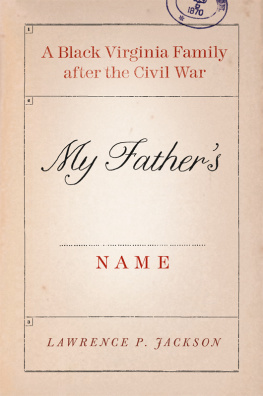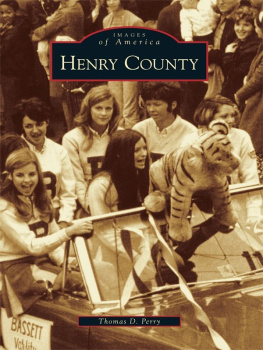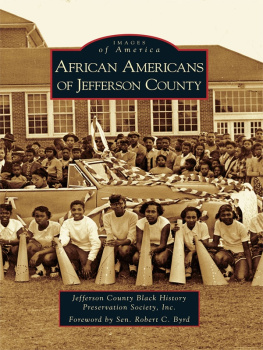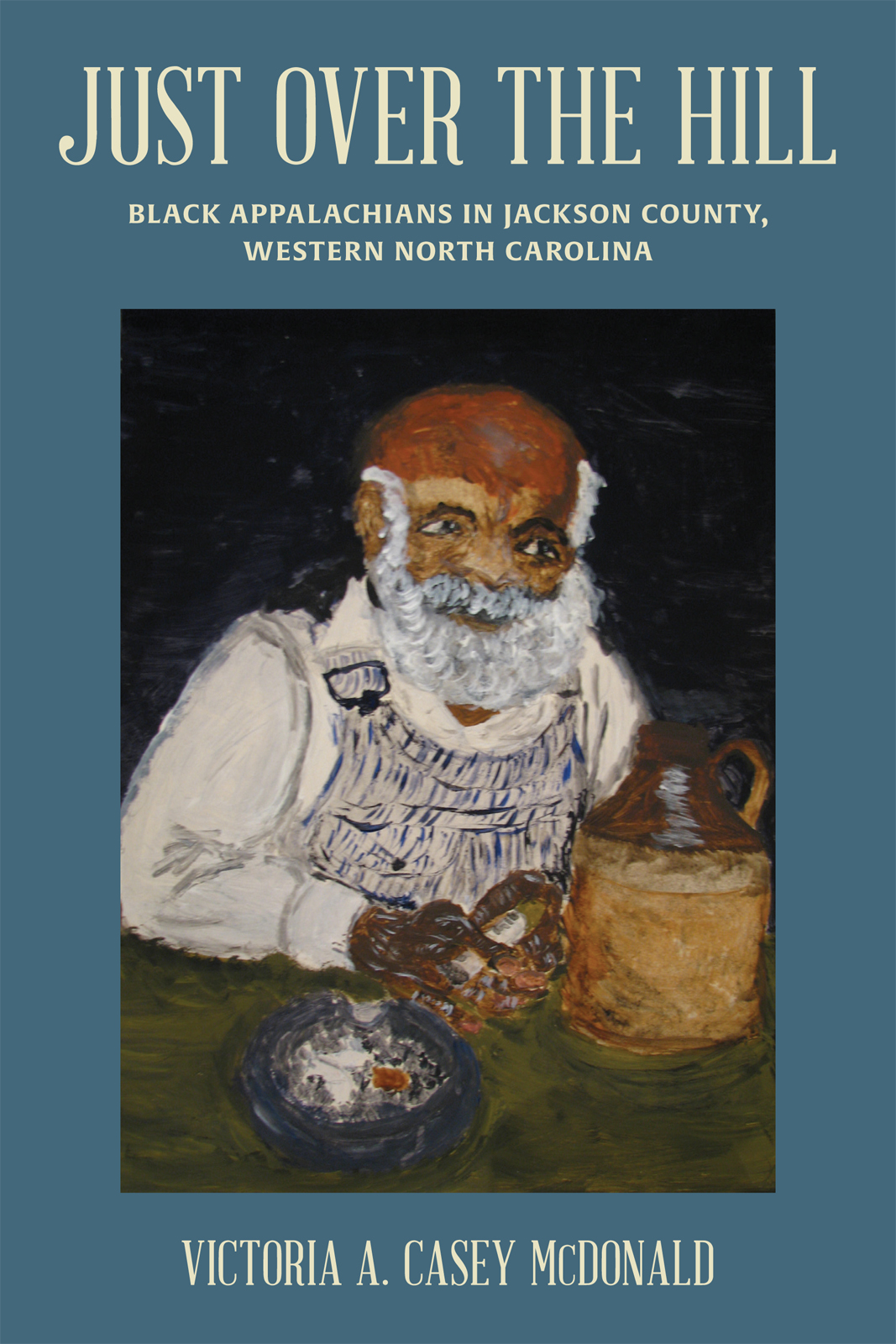LIST OF ILLUSTRATIONS
Photos in this book are from the authors family collections unless noted below. Photos of less quality (aged/faded) have been inserted because of the significance of the era and human history. This edition is a facsimile of the original publication with a new foreword and image credits. No changes were made to the original text, but a few images have been replaced or updated.
[accessed August 16, 2021].
[accessed August 16, 2021].
Dave Rogerss Farm, 1928, from the Collection of Hunter Library, Western Carolina University.
Music and Dance in Beaufort County, attributed to John Rose, Beaufort County, South Carolina, ca. 1785, watercolor on laid paper, 1935.301.3, image #T1995-001. High-quality image courtesy of the Colonial Williamsburg Foundation. Gift of Abby Aldrich Rockefeller.
Amy Ammons Garza, George Estus Casey.
[accessed August 16, 2021].
[accessed August 16, 2021].
Amy Ammons Garza, Crossing the River.
CCC Camp Near Smokemont, N.C., 1935, Great Smoky Mountains National Park, Civilian Conservation Corps Collection, Hunter Library Digital Collections, Western Carolina University.
CCC Camp at Camp NP-4 Near Smokemont, N.C., ca. 1934, Great Smoky Mountains National Park, Civilian Conservation Corps Collection, Hunter Library Digital Collections, Western Carolina University.
. Photo used with permission from Sylva Herald.
Downtown Cullowhee, from the Collection of Hunter Library, Western Carolina University.
ACKNOWLEDGEMENTS
Some of these stories developed from newspaper columns from the Asheville Citizens Times, Historic Webster and the Sylva Herald. Others were from news articles in the same three newspapers. Over the years, I had clipped out the articles and columns. Besides these items, I had developed lesson plans on the history of Jackson County when I was a teacher at Log Cabin School. Within those lessons I developed mini-books and task cards for the students to do. Included in this book are three individual stories about African Americans which I used from the packet.
With knowledge of the history of the county and the African Americans who helped make the scattered black communities into one united community, I was able to piece stories together. Therefore I would like to acknowledge Alberta Bryson Stewart, Mrs. Evelyn Austin, Sybil Davis Blakely, Mrs. Ida Allen Bryson, Mrs. Minnie Jo Bryson Jackson, Mrs. Alice Louise Simpson and Stanley Rogers for providing me with details and/or pictures.
As always, I acknowledge my daughter, Tina, who helped me with her knowledge of the computer. Thanks for everything. I love you and adore you.
To allGod Bless.
FOREWORD
Just Over the Hill: Black Appalachians in Jackson County, Western North Carolina by Victoria A. Casey McDonald could be recounted as part of the Liars Bench, a casual storytelling tradition among southern men sitting in the public square and at barbershopsfolktales of a bygone era for entertainment purposes only. This collection of Appalachian narratives simultaneously steps into the circle of griots throughout the African Diaspora. Although Victoria never lived outside of Jackson County, her appetite for knowledge and her ancestral pride granted her regional and global citizenship simultaneously.
With this reissued edition, Just Over the Hill reemerges in the aftermath of an unprecedented year. A decade after its original publication in 2012, the nation continues to face the turmoil of a devastating global pandemic, a sobering racial reckoning, and contentious political conflict. Looking back, the fatal shooting of seventeen-year-old Trayvon Martin in 2012 was an ominous foreshadowing. The handling of that tragic incident in Sanford, Florida, combined with the subsequent acquittal of gunman George Zimmerman, sparked an international debate across all media regarding racial profiling and the criminal justice system in the United States.
I met Victoria in my role as a newly minted visiting faculty member at Western Carolina University (WCU). Our paths crossed as participants in numerous rural activist causes, including the historic campaign for President Barack Obama in 2018. In hardly any time at all, Victoria became my community ambassador, just as she had for many other new arrivals to the area. These points of reference set the tone for my contemplation about the reissue of Just Over the Hill.
The stories here do not possess the lexicon of the Black Lives Matter movement, but they proclaim and confirm the message. The immeasurable value of this book lies in the mysteries between the lines of text and the patterns within its retelling. Instead of a review of Just Over the Hill, I am compelled to render a portrait of my dear friend and venerated elder.
Victoria Casey McDonald passed away on Sunday, August 17, 2014. At her homegoing service, a diverse assembly of individuals from every walk of life shared their stories about a phenomenal woman who was (in no particular hierarchy) a teacher, preacher, singer, artist, community activist, and author. As a Black woman born and raised in the shadow of the mountains of western North Carolina during the era of racial segregation, she moved in a community within a community. Her lived experience defied category. Affirmatively Victoria was a collector of storiesin the foreword of her first published book, African Americans of Jackson County: From Slavery to Integration, A Pictorial History, Victoria recounted the origins of her journey into community history:
In 1981, Dr. Clifford R. Lovin, a friend and history professor at Western Carolina University, gave me the opportunity to [fulfill] my dream of researching the African American history of Jackson County. Cliff told me about the North Carolina Humanities Council minigrant to individuals that could be presented to the adult population in the area. He gave me the form and I submitted it. Weeks later ... I was awarded funding. Through the sponsorship of the Black Community Development Club of Jackson County, which was under the auspices of Mountain Projects, I was given the task of presenting slide talks based on this research ... which spanned the years from 1865 to 1967.


